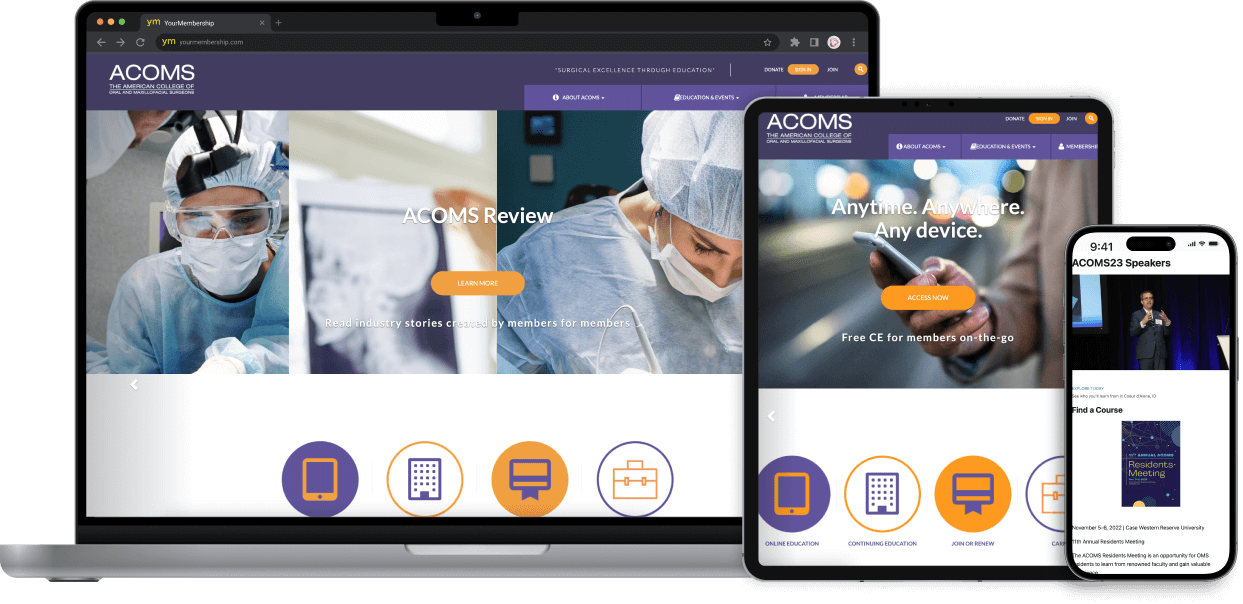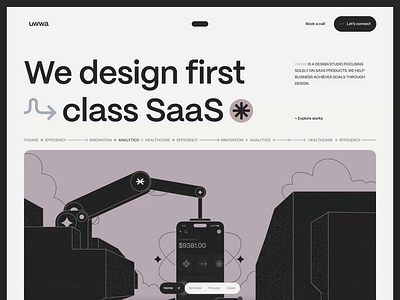Top Trends in Website Design for 2024: What You Need to Know
Top Trends in Website Design for 2024: What You Need to Know
Blog Article
Modern Site Layout That Catches Focus and Converts
In a progressively electronic landscape, modern-day site layout has actually arised as a pivotal aspect in catching user focus and driving conversions. As we check out these necessary elements, it comes to be clear that understanding their interplay can significantly impact a web site's performance and user satisfaction.
Importance of Visual Hierarchy
Visual power structure is a critical element in internet site design, as it overviews users' attention and enhances their general experience. By purposefully organizing content, developers can direct users to the most important details first, therefore boosting involvement and boosting functionality. Efficient visual pecking order utilizes different techniques, consisting of dimension, color, spacing, and comparison. Larger aspects naturally attract the eye, while contrasting shades can stress essential messages, making them stand out amongst more subdued components.
Including a rational circulation in web content plan is important; as an example, placing the most important details at the top of a web page cultivates prompt acknowledgment. Consistent usage of typography, such as varying font sizes and styles, assists develop a clear web content structure. This company not only help in navigating however also develops depend on, as customers really feel much more comfy when they can conveniently find what they are looking for.
Eventually, a well-executed visual hierarchy not only enhances aesthetic charm however additionally substantially influences customer habits. By prioritizing essential elements and guaranteeing a smooth experience, designers can efficiently convert visitors into customers, reinforcing the relevance of this foundational style concept in modern internet site development.
Responsive Layout for All Tools
Producing a seamless experience across various tools is important in today's digital landscape, where customers gain access to sites from mobile phones, tablet computers, and desktops alike. Receptive layout is a vital strategy that guarantees websites adjust fluidly to various screen dimensions, alignments, and resolutions. By employing versatile grids, pictures, and CSS media queries, designers can produce layouts that maintain aesthetic honesty and capability, despite the tool being made use of.
The significance of receptive design expands past aesthetics; it straight influences individual involvement and conversion rates. An internet site that works well on all tools encourages longer brows through and decreases bounce prices, as individuals are more most likely to communicate with web content that is easy to browse. Search engines, specifically Google, prioritize mobile-friendly sites in their positions, making receptive design a vital component of search engine optimization (SEARCH ENGINE OPTIMIZATION)
Integrating responsive style not only enhances user experience however also streamlines the advancement process. By creating a solitary website that functions throughout tools, companies can save time and sources contrasted to establishing separate mobile and desktop computer versions. Ultimately, responsive style is a fundamental technique for contemporary website layout, making certain access and complete satisfaction for all individuals, regardless of their tool.
Involving Interactive Elements
While a receptive layout lays the groundwork for a practical internet site, incorporating appealing interactive components is crucial for capturing individual interest and promoting deeper connections. Website Design. Interactive components, such as computer animations, tests, and clickable infographics, develop a more dynamic user experience, encouraging visitors to invest even more time on the site
Including interactive attributes can likewise direct customers via facility info, making it simpler to digest web content. As an example, interactive sliders can show product variations, while embedded video clips can provide demos or testimonies that reverberate greater than fixed images or text. Gamification strategies, like benefits for engaging or completing you could try here tasks with web content, can boost user motivation and retention.
Efficient use interactive aspects not only enriches the individual experience however can also cause higher conversion rates. By making communications informative and enjoyable, companies can grow a sense of commitment and trust fund with their audience. However, it is necessary to balance interactivity with performance; extremely complex functions may hinder site rate, adversely impacting customer contentment. Ultimately, incorporating properly designed interactive components can dramatically elevate a web site's efficacy, driving involvement and conversions in today's affordable electronic landscape.
Structured Navigation Practices
Effective navigation is a cornerstone of any kind of successful site, as it directly affects customer experience and material ease of access. Structured navigating methods guarantee that users can quickly find information, boosting their communication with the website. A well-structured navigation menu need to be straightforward and intuitive, generally featuring a limited variety of main groups to avoid frustrating visitors.
To achieve structured navigating, developers ought to prioritize an ordered framework you can try these out that practically arranges content. Carrying out breadcrumb routes can give customers with context regarding their existing location within the site, enabling for smooth backtracking. Furthermore, utilizing drop-down menus can effectively conserve area while still giving access to subcategories.
Receptive style is important, as navigation ought to be useful across all gadgets (Website Design). Mobile customers, particularly, take advantage of touch-friendly food selections and collapsible areas that preserve use without compromising looks

Reliable Call-to-Action Techniques
A well-crafted call-to-action (CTA) is essential for leading users toward preferred end results on an internet site, as it motivates them to engage with web content or purchase. To maximize their efficiency, CTAs should be clear, engaging, and tactically positioned throughout the site.
First, use action-oriented language that interacts seriousness or value, such as "Start," "Sign up with Currently," or "Claim Your Discount." This language not just encourages individuals but also sets clear assumptions concerning the next actions.
Second, think about design aspects; CTAs ought to stick out visually via contrasting shades, sufficient whitespace, and prominent positioning. A switch that is easy to see and click increases the chance of customer communication.
In addition, individualizing CTAs based upon user habits or demographics can substantially boost engagement. Tailored messages reverberate extra with customers, driving greater conversion prices.

Final Thought
In final thought, modern web site style highlights the integration of visual hierarchy, responsive layouts, engaging interactive elements, streamlined navigating, and reliable call-to-action approaches. These components collectively improve customer experience, making sure that visitors stay engaged and encouraged to discover content further. By prioritizing these layout concepts, companies can substantially improve user retention and conversion rates, inevitably causing higher success in the electronic landscape. The continuous development of website design emphasizes its vital function in effective online communication and marketing.
In an increasingly digital landscape, modern web site style has arised as an essential variable in recording customer focus and driving conversions.Aesthetic hierarchy is a vital component in website style, as it guides users' attention and enhances their overall experience.The value of receptive design expands beyond aesthetic appeals; it straight affects customer involvement and conversion prices.Integrating receptive style not only boosts customer experience yet also enhances the growth process. Ultimately, responsive style is an essential strategy for modern site style, ensuring accessibility and satisfaction for all users, no matter of their gadget.
Report this page